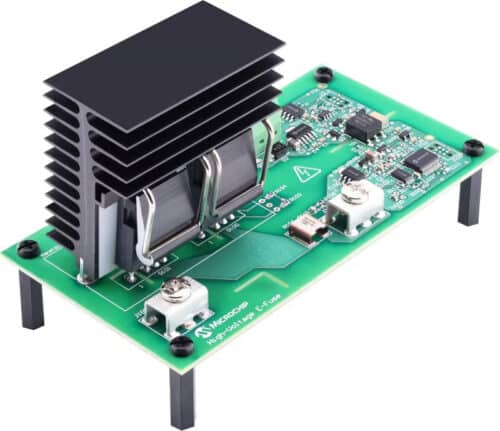The future of high-voltage systems is shaped by the e-fuse technology, elevating precision, safety, and efficiency in EVs, HEVs, and beyond.

High-voltage auxiliary E-Fuse technology has emerged as a pivotal innovation in the landscape of electric and hybrid vehicles and high-voltage industrial applications. In contrast to traditional fuses, E-Fuses are electronically controlled, offering a suite of advantages that cater to the unique demands of modern high-voltage systems. These benefits include rapid response to overcurrent scenarios, unparalleled precision in operation, resettable features eliminating the need for replacements, and advanced diagnostics that facilitate real-time system monitoring. Moreover, with space and weight becoming premium considerations in today’s advanced vehicles, the compact nature of E-Fuses is invaluable. Beyond the clear functional advantages, their enhanced safety in high-voltage settings underscores their importance. As the world moves towards more sophisticated electrical systems, the need for E-Fuse technology becomes increasingly pronounced.
Microchip has launched its High-Voltage Auxiliary E-Fuse reference design, tailored for Hybrid Electric Vehicles (HEV) and Electric Vehicles (EV). By harnessing the strengths of Microchip’s 700V and 1200V silicon carbide (SiC) technology, alongside other proprietary innovations, this demonstrator delivers a comprehensive system solution (TSS). Furthermore, it incorporates a time-current characteristic (TCC) curve, facilitating its adoption in non-automotive domains, notably in DC solid-state circuit breakers. The design offers several benefits. It features a high-voltage solid-state relay with overcurrent protection, ensuring optimal performance and efficiency. This established solution eliminates the need to source individual components, streamlining the process. Additionally, it enhances risk mitigation by promising reliability and fostering accelerated development.
One of the pivotal features of this design is the integration of a Time-Current Characteristic (TCC) curve, paving the way for its application in non-automotive sectors in DC solid-state circuit breakers. The technology boasts a configurable current limit profile and a LIN communication interface, ensuring seamless configurability and diagnostics. Users can opt for a high-side or low-side drive configuration based on their needs. The E-Fuse is robustly designed to withstand short circuits for up to 10 µs and has a rated current of 30A. It performs efficiently within a low-voltage range of 9V to 16V and a high-voltage range from 200V to 900V.
Moreover, it’s adept at functioning in a broad temperature spectrum, ranging from -40 °C to 85°C. Its automotive hardware architecture, constructed exclusively using AEC-qualified components, accentuates the reliability of this design. The design variants support 400V and 800V bus voltages and can handle continuous current ratings of 10A, 20A, and 30A. It also can switch at frequencies up to 20 kHz.
Microchip has tested this reference design. It comes with a Bill of Materials (BOM), printed circuit board (PCB) layout, schematics, etc. You can find additional data about the reference design on the company’s website. To read more about this reference design, click here.






